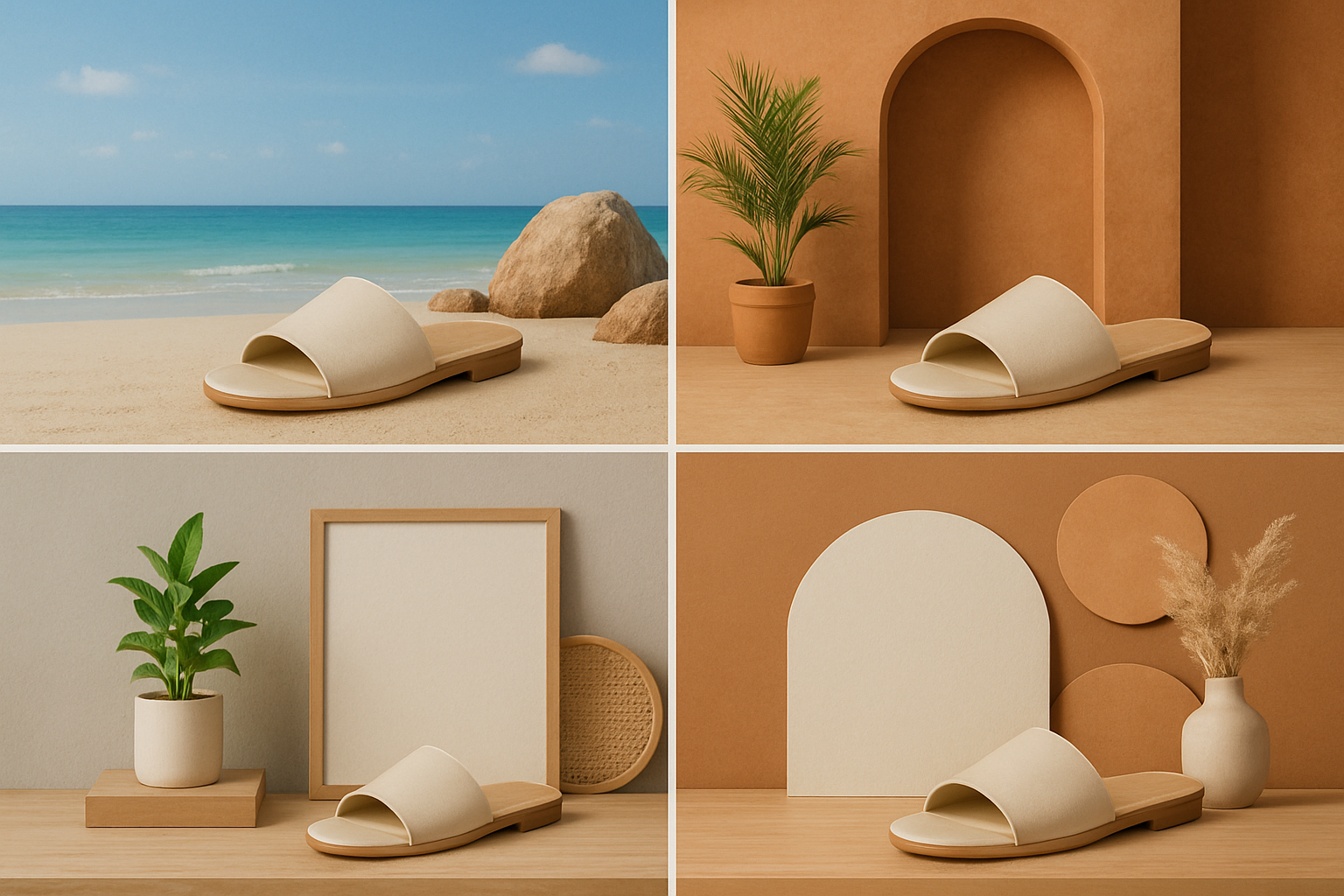Variational Autoencoders (VAEs) are a class of generative models that are particularly effective for structured and controllable image synthesis. In the context of background generation—especially for applications like product photography, virtual staging, or digital artwork—VAEs offer a powerful way to create diverse, coherent, and semantically meaningful backgrounds.
A VAE consists of two main components: an encoder that maps input images into a latent space, and a decoder that reconstructs images from points in that space. Unlike traditional autoencoders, VAEs introduce a probabilistic element by encoding inputs as distributions rather than fixed points. This allows for smooth interpolation, controlled sampling, and meaningful variation in the generated outputs.
For background generation, a VAE can be trained on a dataset of labeled or unlabeled background images, learning the underlying structure of various scenes such as indoor setups, abstract textures, or outdoor environments. Once trained, users can sample from the latent space to generate new backgrounds that share stylistic and compositional traits with the training data, yet appear novel. This is especially useful in e-commerce, where consistent visual identity across product listings is important, but manual background design is costly and time-consuming.
Moreover, conditional VAEs (cVAEs) enable further control over the output. By conditioning on attributes such as color palette, scene type, or target category (e.g., “minimalist,” “coastal,” “urban”), users can guide the generation process to match brand aesthetics or specific marketing needs.
